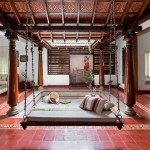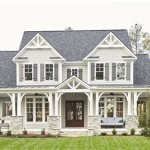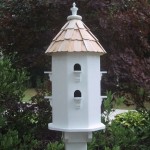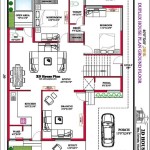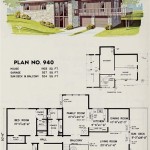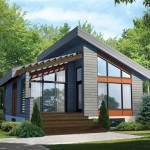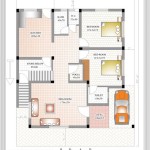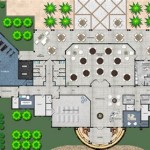Essential Aspects of Traditional Korean Home Floor Plans
Traditional Korean homes, known as "hanok," are architectural marvels that embody the unique cultural and environmental sensibilities of Korea. These homes, designed to harmonize with the surrounding nature, feature distinctive floor plans that have evolved over centuries to meet the needs of Korean families.
The typical hanok floor plan follows a central axis, with rooms arranged symmetrically on either side. The "maru" is a central open-air courtyard that serves as a multifunctional space for gathering, relaxation, and work. Surrounding the maru are various rooms, each with its designated purpose, such as bedrooms, living rooms, kitchens, and storage areas.
Key Elements of a Traditional Hanok Floor Plan
1. Ondol Heating System:A defining feature of hanok homes is the "ondol" heating system. Ondol is a radiant floor heating system that uses hot air or smoke from a stove to circulate through a network of pipes laid beneath the floor. This creates a warm and comfortable living space during the cold Korean winters.
2. Wooden Flooring with "Maru":Traditional hanok floors are made of natural wood, typically pine or oak. The maru, or central courtyard, is an integral part of the floor plan and is often elevated to provide additional seating or storage space. The maru is a versatile area that can be used for a variety of activities, including dining, socializing, and play.
3. Open Floor Plan and Sliding Doors:Hanok homes often feature open floor plans, with rooms seamlessly flowing into each other. Sliding doors, known as "papier-mâché," are used to separate rooms while allowing for natural light and ventilation. This design allows for flexibility and adaptability in room arrangement.
4. Alignment with Nature:Traditional Korean architecture emphasizes harmony with nature. Hanok floor plans are designed to maximize natural light, ventilation, and views of the surrounding landscape. Windows are typically placed high up on the walls to capture indirect sunlight while minimizing heat gain during the summer.
5. Hierarchy and Privacy:Hanok floor plans reflect traditional Korean social hierarchy and cultural values. The main entrance is typically located at the front of the house, and the most important rooms, such as the parents' bedroom, are positioned toward the back. Rooms are arranged according to their function and the status of the occupants.
Practical Considerations in Modern Hanok Design
While traditional hanok homes are still highly valued in Korea, modern architects have adapted the traditional floor plan to suit contemporary lifestyles. One notable adaptation is the incorporation of Western-style amenities, such as kitchens with modern appliances and bathrooms with running water.
Another key consideration in modern hanok design is sustainability. Traditional building materials, such as wood, clay, and stone, are still commonly used, but modern architects also explore sustainable materials and construction techniques to reduce the environmental impact.

Plan Of General Korean Traditional Hanok Casas Coreanas Diseño Modernas Japonesas

Eugene Hanok Culture Center Dongdaemun Seoul South Korea In 2024 Traditional House Plans Korean

11 Hanok Plan Ideas Korean Traditional House

Popular 26 Korean Traditional House Plans

Millwall Stay Architects Archdaily

Building A Hanok In The Us Lots Of Questions Fine Homebuilding

Interiors Designed Like Traditional Korean Homes Hanok House Interior

Korea

Bchon Book Homes In Korea Page 2

A Contemporary Home Which Incorporates Elements From Korean Traditional Residences By Guga Urban Architecture Caandesign And Design Blog

